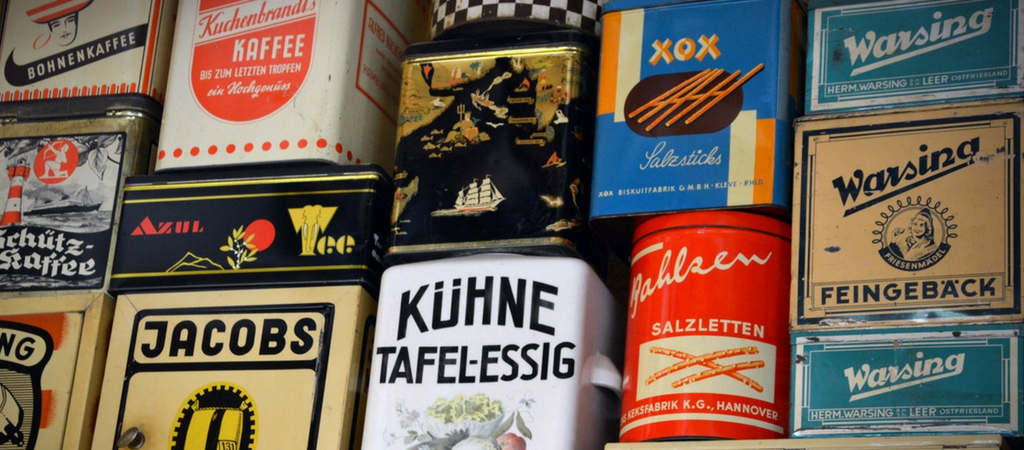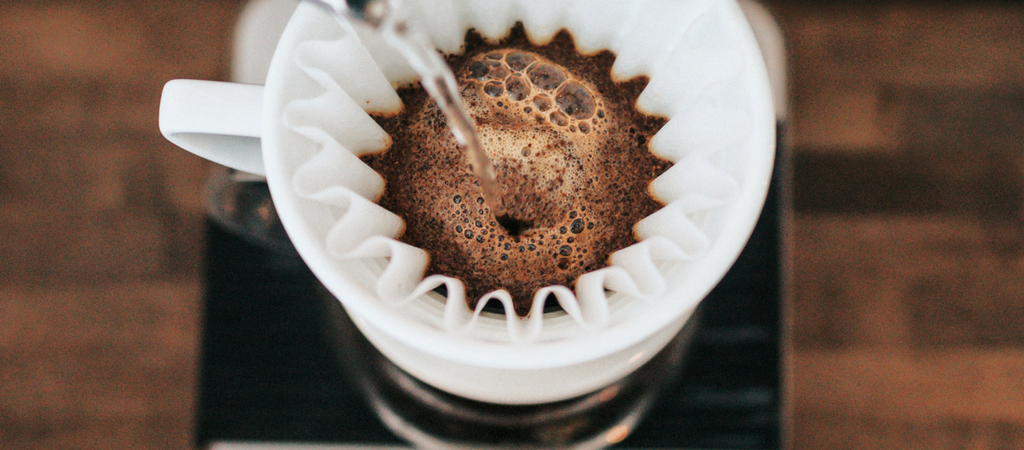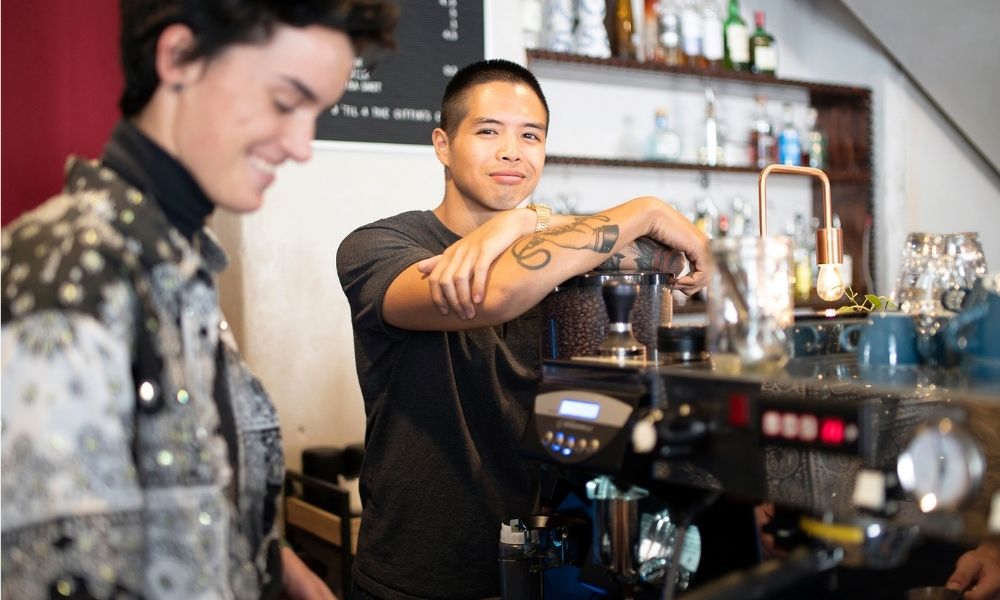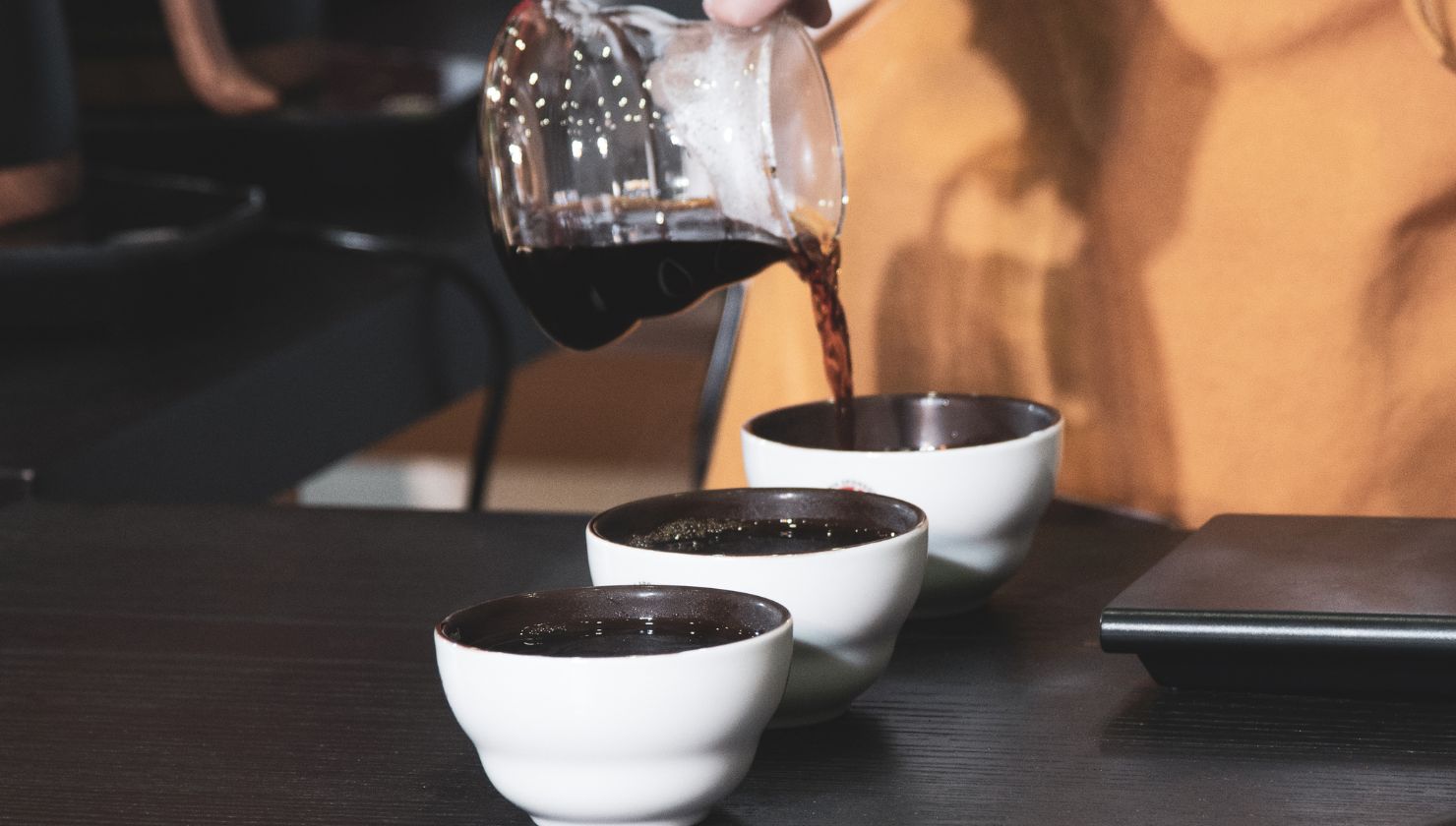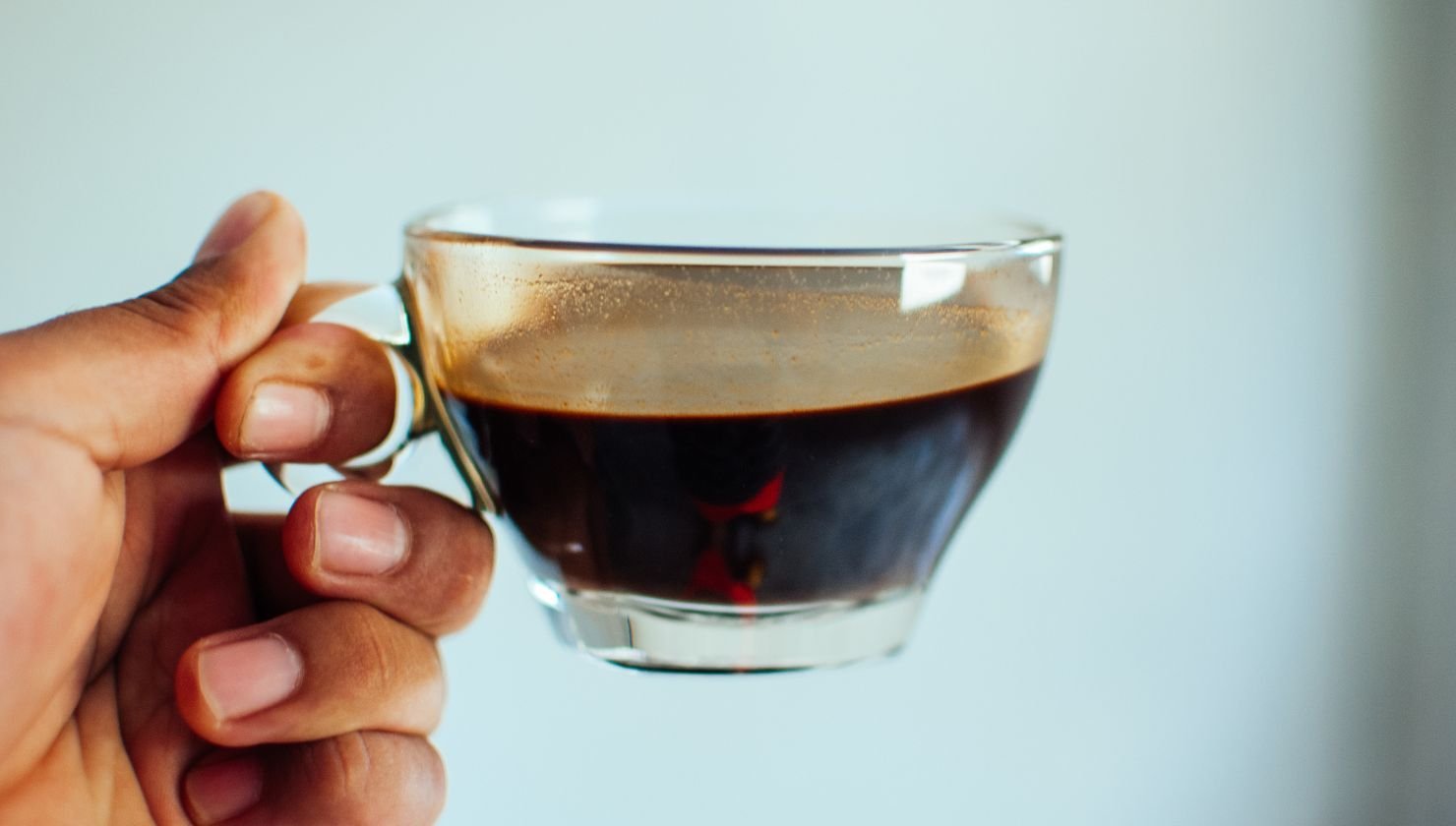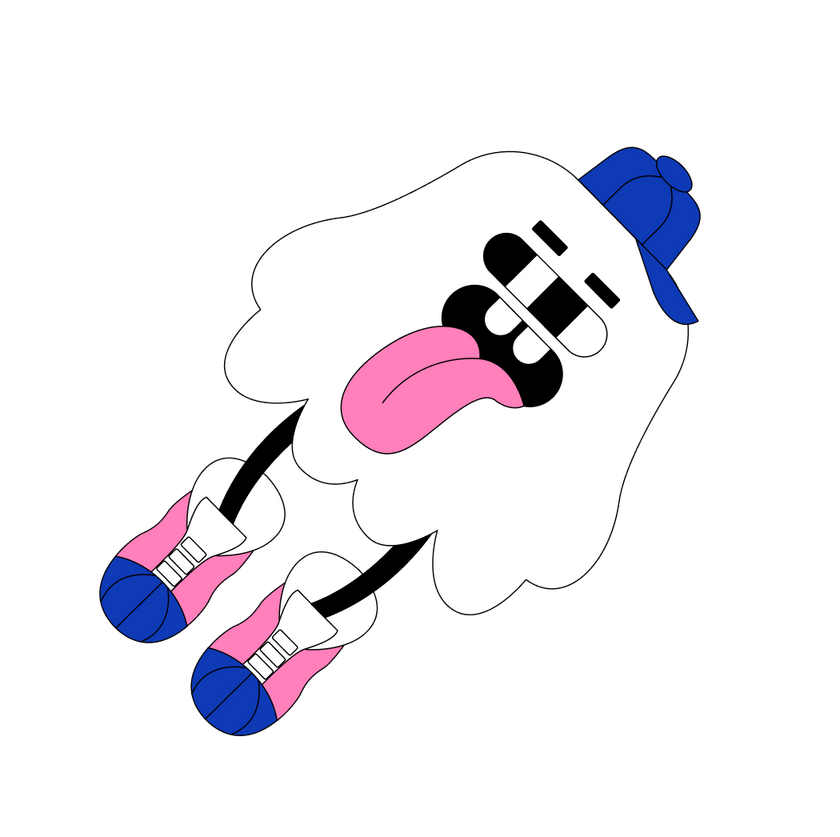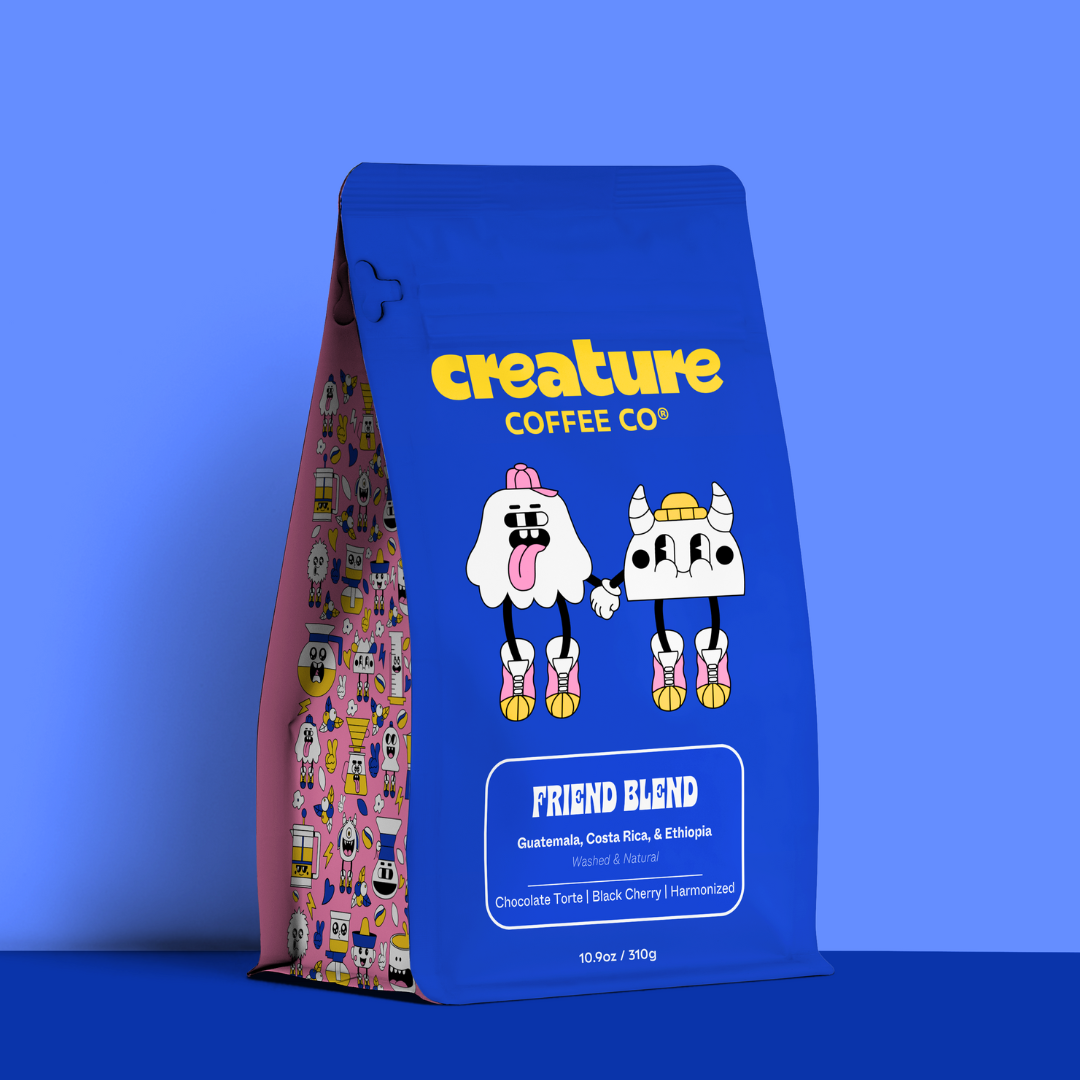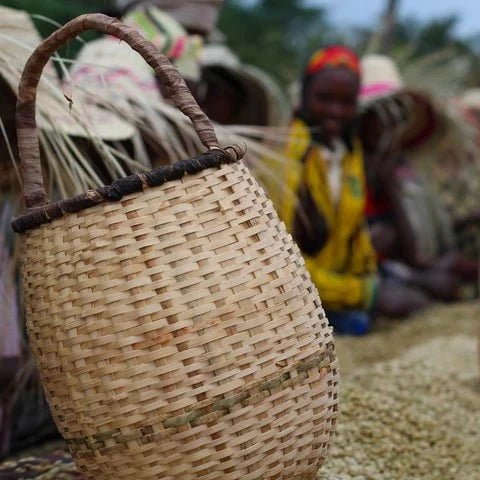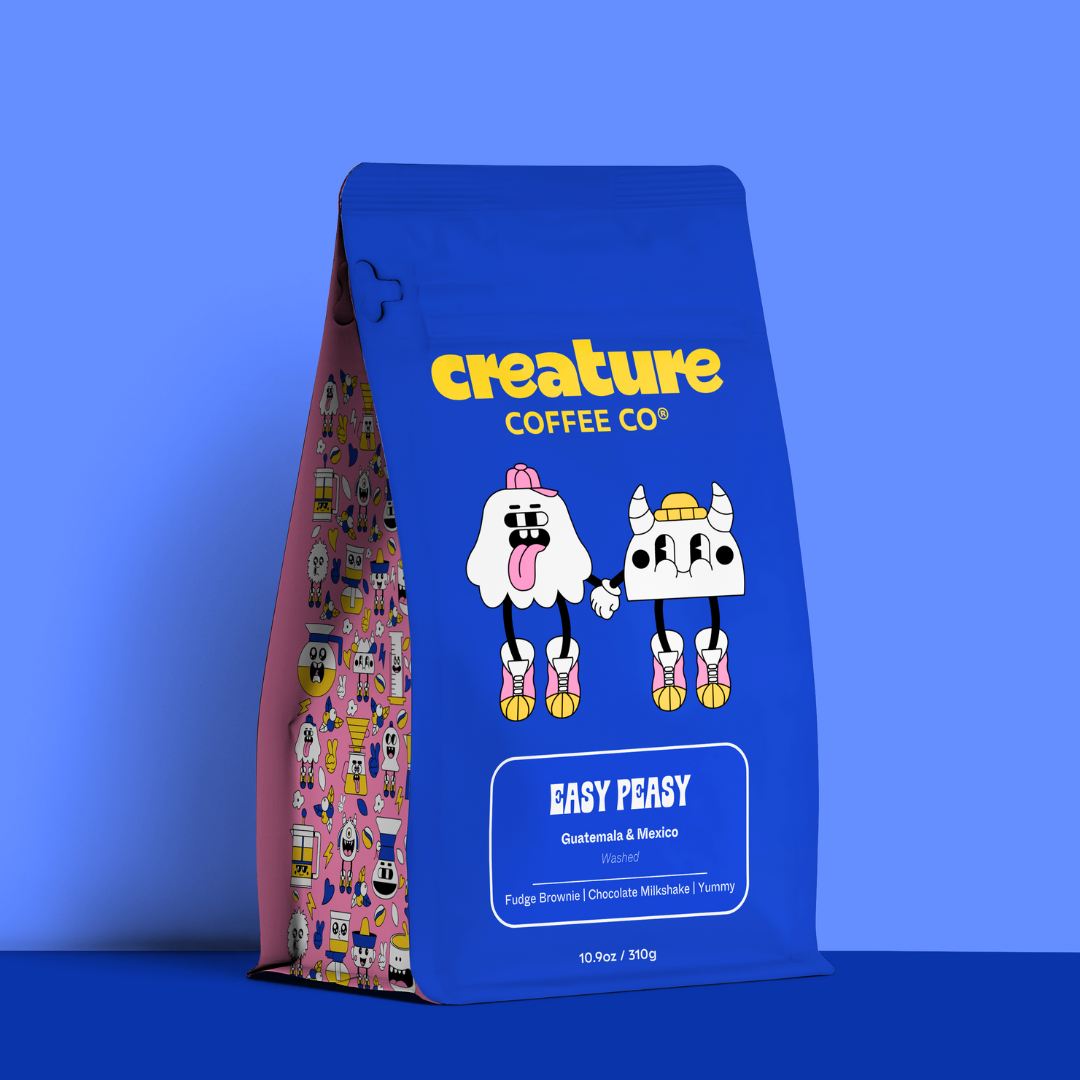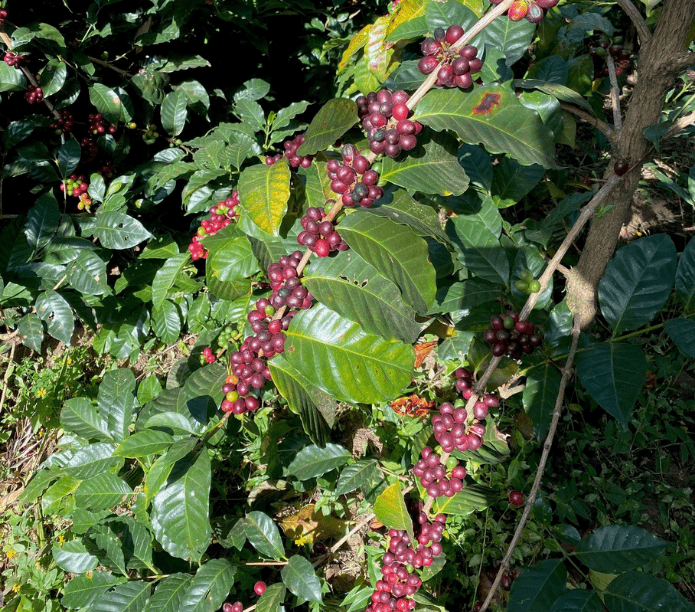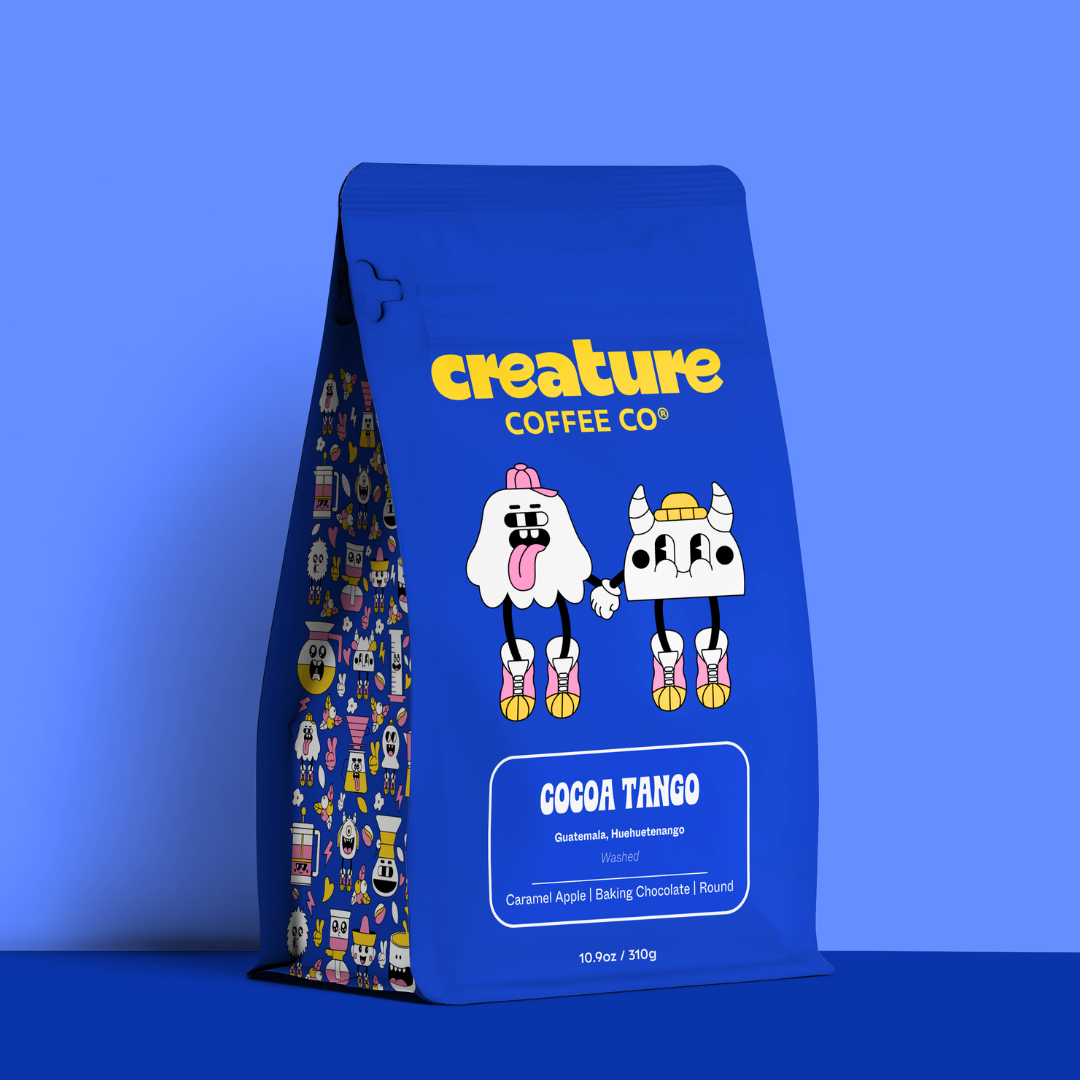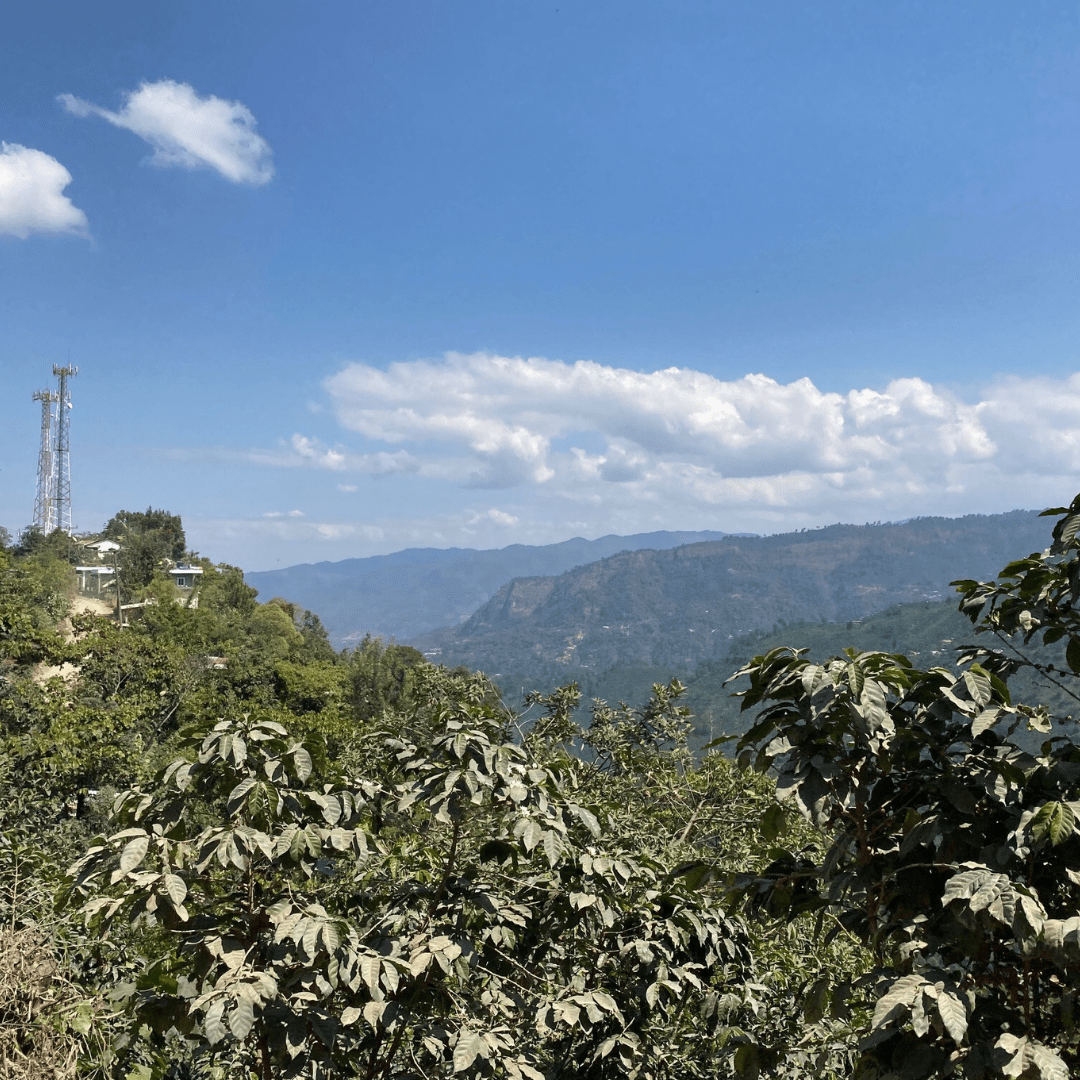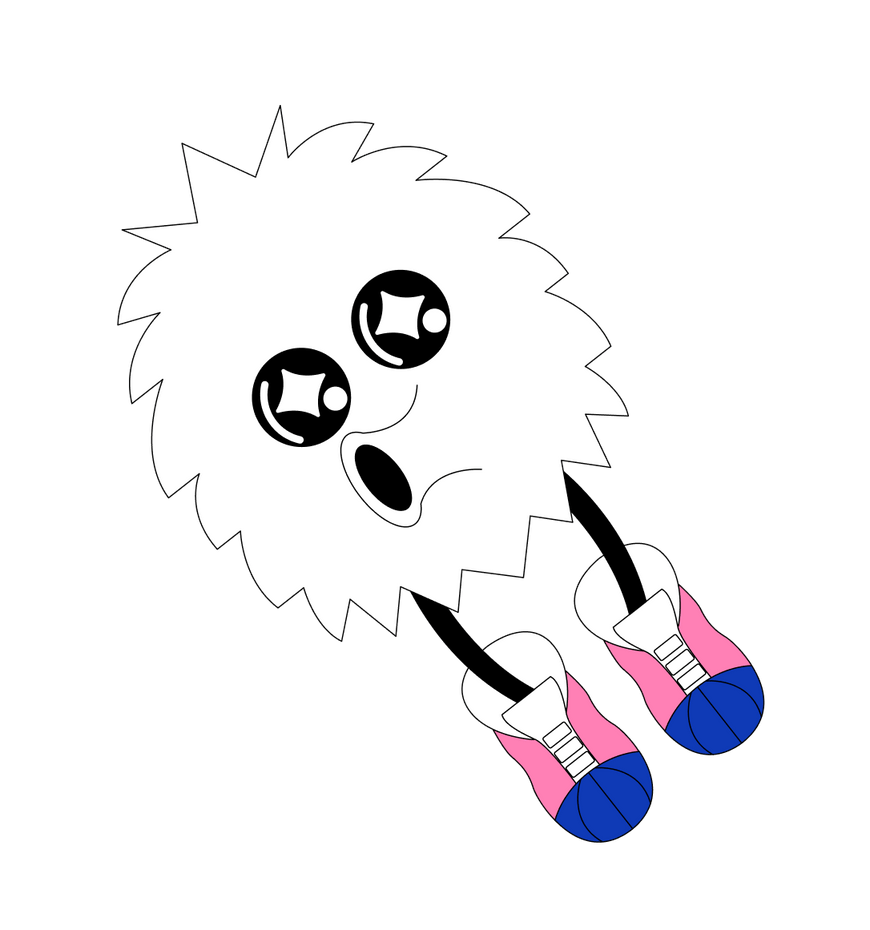Beginner's Guide to Brewing Coffee
Want to make coffee as good as your barista? Want those single-origin pour overs at home? With a little bit of effort and minimal investment, you’ll notice a huge difference in the quality of your morning cup of coffee. Our Beginners Guide to Brewing Coffee will get you started.
GET GOOD COFFEE BEANS
Firstly, ditch that huge tub of pre-ground stale grocery store coffee and get yourself a bag of quality, whole bean, specialty coffee from your local third wave coffee shop, or even better, get them delivered fresh to your door.
You may find it difficult to get good beans from your grocery store that are still fresh, so try to hunt down some local craft roasters who take pride in their coffee offerings and roast-to-order.
The difference between paying $12 and $20 for a bag of coffee might seem a lot but when you work it out per cup, it’s a matter of cents. You pay for what you get. And the smell of high quality, freshly-roasted beans...



 STORAGE
STORAGE